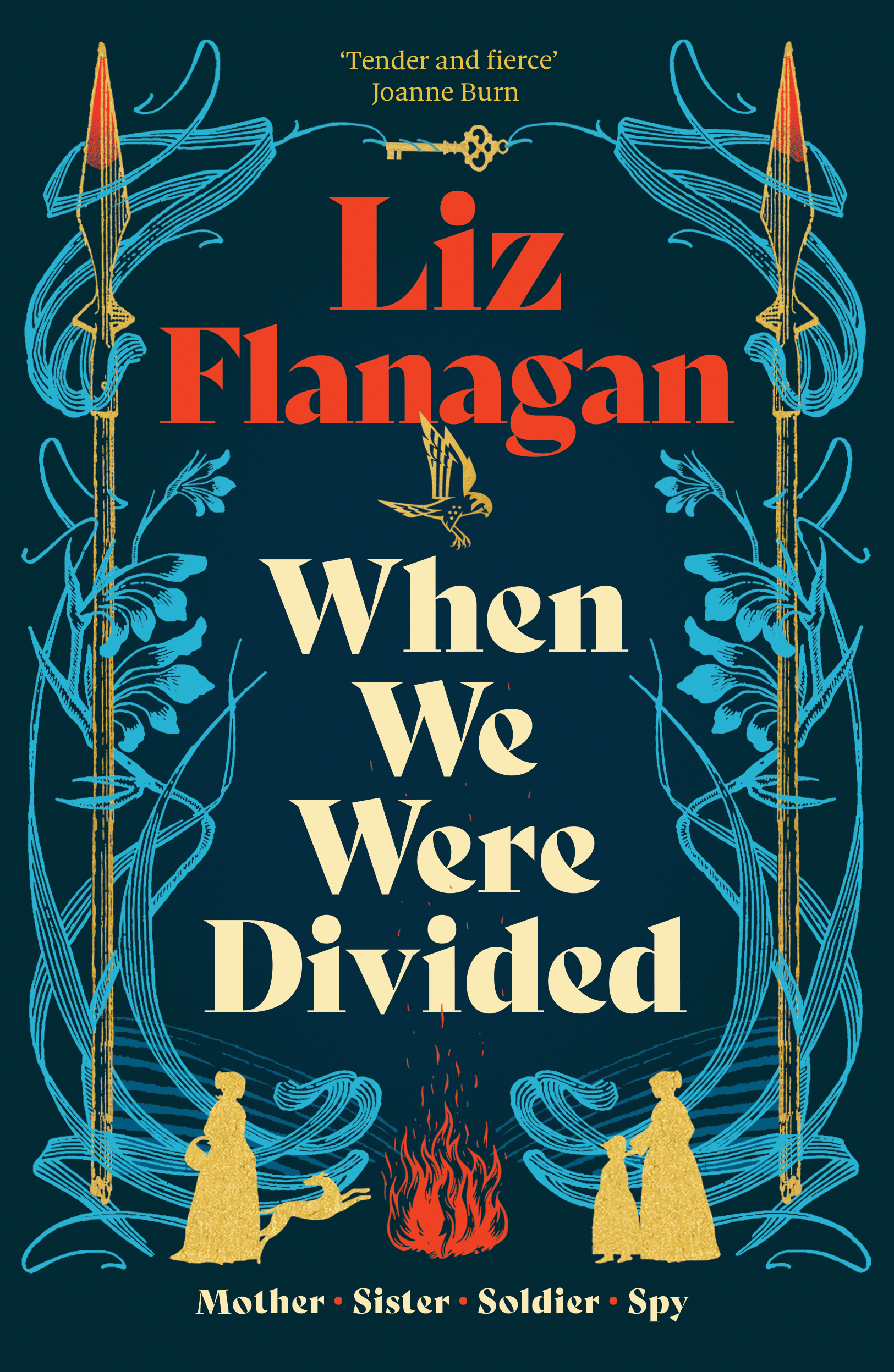To Capture What We Cannot Keep

As seen:
By Beatrice Colin
avg rating
1 review
In February 1887, Caitriona Wallace and Emile Nouguier meet in a hot air balloon, floating high above Paris – a moment of pure possibility. But back on firm ground, their vastly different social strata become clear. Cait is a widow who because of her precarious financial situation is forced to chaperone two wealthy Scottish charges. Emile is expected to take on the bourgeois stability of his family’s business and choose a suitable wife. As the Eiffel Tower rises, a marvel of steel and air and light, the subject of extreme controversy and a symbol of the future, Cait and Emile must decide what their love is worth. Seamlessly weaving historical detail and vivid invention, Beatrice Colin evokes the revolutionary time in which Cait and Emile live – one of corsets and secret trysts, duels and Bohemian independence, strict tradition and Impressionist experimentation. To Capture What We Cannot Keep, stylish, provocative, and shimmering, raises probing questions about a woman’s place in that world, the overarching reach of class distinctions, and the sacrifices love requires of us all.
TweetReviews
St Just Thursday Evening Reading Group 3rd October 2024.
To capture what we cannot keep. Beatrice Colin.
We all agreed that the historical background to this book was very well put together and must have been carefully researched. The atmosphere of Paris in the 1890s, and that of Glasgow as well, came across very convincingly: the descriptions of the sights, sounds and smells of the two cities took the reader back in time very nicely. The history of the construction of the Eiffel Tower and the Panama Canal, also, came vividly off the page. The details about the characters’ clothing and the daily life of the period had evidently been studied closely too. We all felt that we had learned something from reading this book.
The characters were ‘well balanced’, one reader said – smart, stupid, kind, or crafty. Cait was obviously a terrible chaperone, her charges getting into all sorts of trouble (debt, pregnancy, bad relationships and so on), and Cait’s relationship with Emile was a rocky and frustrating one. Alice was irritatingly empty-headed, Gabrielle an interesting character but her relationship with Emile was problematic. The book’s plot was considered to be ‘a bit thin’ and unconvincing in parts, such as Alice’s miscarriage saving her reputation, and her finding a member of the aristocracy to marry on her way home. The dialogue, everyone in this group agreed, was a weak point, being very inappropriate to the era. Some thought the positive ending, after Cait’s sacrifices and disappointments, was a nice thing; others found it too ‘pat’. An enjoyable book for the most part.



